0 Comments
Leave a Reply. |
About Us
Fidalgo Yacht Club is best known as a cruising club, whose members share a passion for boats, the Pacific Northwest inland waterways, and a sense of comradery. Safe boat handling is a priority. Summer will find us on the water from Anacortes to SE Alaska. Wintertime we gather together in our clubhouse to gather knowledge from dinner speakers and educational “bar chats”. We cruise and learn together and welcome new members whether a seasoned mariner or first-time boater. Categories
All
Archives
November 2019
|
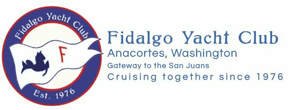


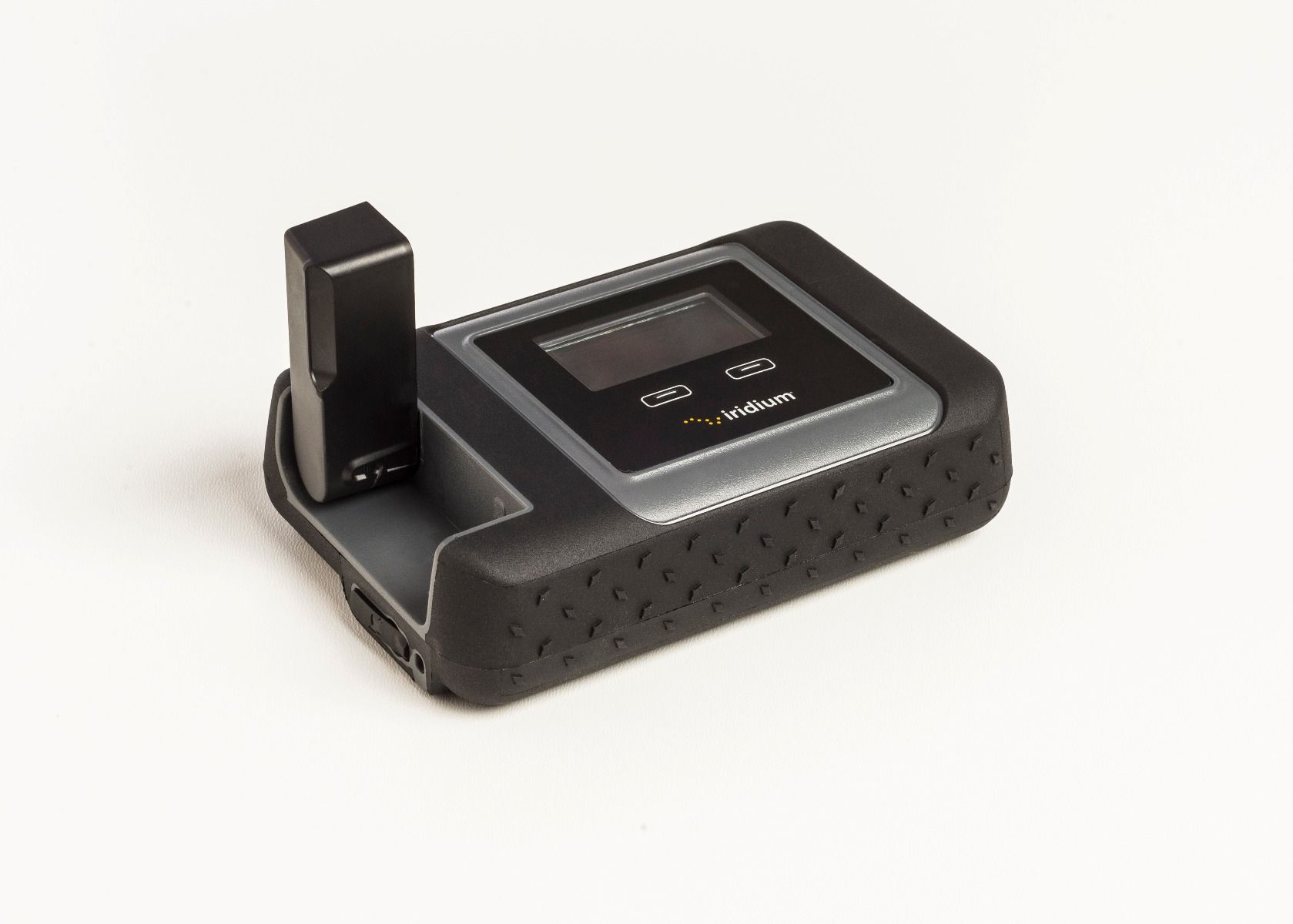
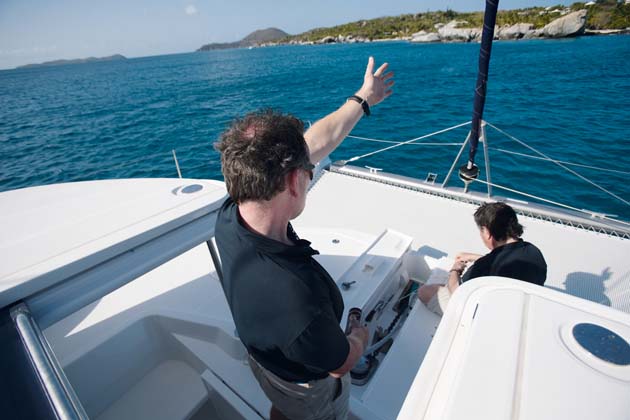
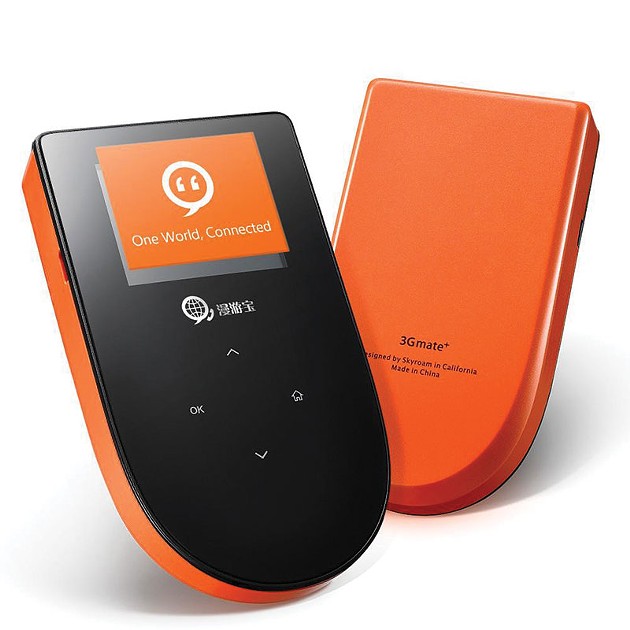
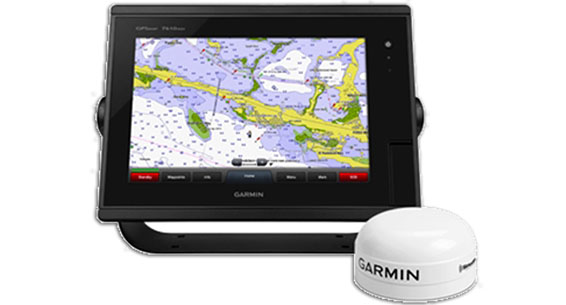
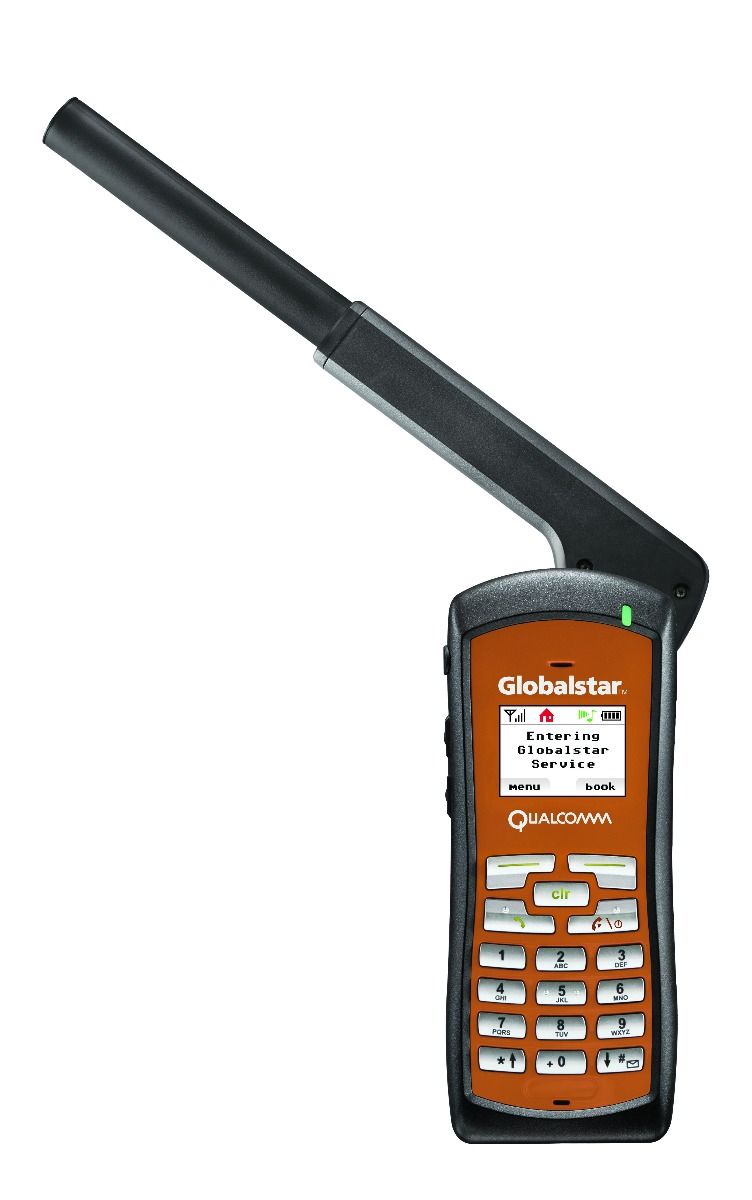
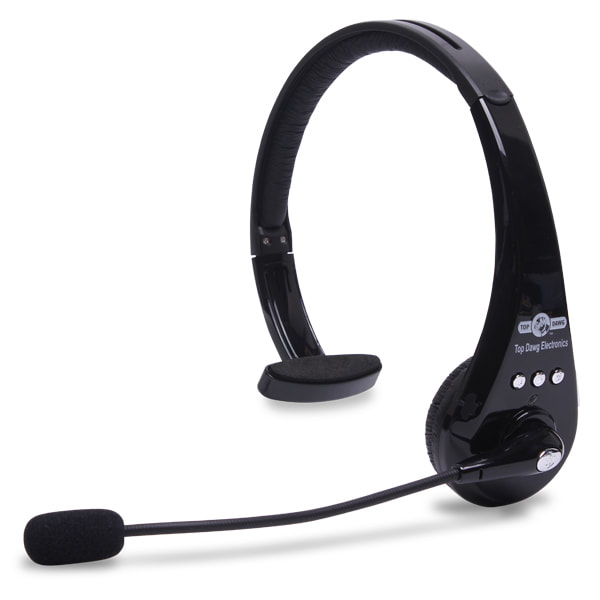
 RSS Feed
RSS Feed